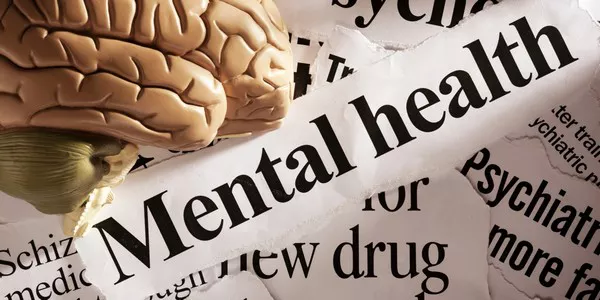Social interactions are an integral part of human life, but for individuals with Social Anxiety Disorder (SAD), these interactions can trigger intense feelings of fear and discomfort. If you or someone you know struggles with social anxiety, it’s essential to gain a deeper understanding of this mental health condition. In this article, we will explore Social Anxiety Disorder, its symptoms, potential causes, and the available treatment options. By shedding light on this often-misunderstood condition, we hope to provide valuable insights and support for those affected.
Defining Social Anxiety Disorder
1. The Basics
Social Anxiety Disorder, also known as social phobia, is a mental health condition characterized by a persistent and overwhelming fear of social situations. Individuals with SAD may experience anxiety in various social settings, from casual conversations to public speaking or even everyday activities like eating in front of others.
2. Impact on Daily Life
The fear and anxiety associated with SAD can significantly impact an individual’s quality of life, affecting their relationships, career, and overall well-being. It can lead to avoidance behavior, isolation, and a sense of distress.
See Also: Anxiety Disorder: Symptoms, Types & Treatment Options
Common Symptoms of Social Anxiety Disorder
1. Physical Symptoms
Physical symptoms of SAD may include a rapid heart rate, trembling, sweating, blushing, and nausea. These symptoms can be particularly distressing during social interactions.
2. Cognitive Symptoms
Individuals with SAD often experience negative self-perception and excessive self-criticism. They may fear judgment, embarrassment, or humiliation, leading to heightened anxiety.
3. Behavioral Symptoms
Avoidance is a hallmark of SAD. People may avoid social situations or endure them with extreme discomfort. This can lead to missing out on important life experiences and opportunities.
Potential Causes and Risk Factors
1. Biological Factors
Genetics and brain chemistry play a role in the development of SAD. Family history of anxiety disorders and imbalances in neurotransmitters like serotonin may contribute.
2. Environmental Factors
Negative social experiences or traumatic events, such as bullying or public humiliation, can increase the risk of developing SAD. Overprotective parenting styles might also play a role.
3. Cognitive Factors
Negative thought patterns, low self-esteem, and irrational beliefs about social situations can contribute to the development and maintenance of social anxiety.
Diagnosing Social Anxiety Disorder
1. Seeking Professional Help
If you suspect you have Social Anxiety Disorder, it’s crucial to seek the guidance of a mental health professional. A clinical assessment will involve discussing your symptoms, experiences, and history.
2. Diagnostic Criteria
To be diagnosed with SAD, the Diagnostic and Statistical Manual of Mental Disorders (DSM-5) outlines specific criteria, including persistent and excessive fear, avoidance behavior, and impairment in daily functioning.
Treatment Options for Social Anxiety Disorder
1. Psychotherapy
Cognitive-Behavioral Therapy (CBT) is a common approach for treating SAD. It helps individuals identify and challenge negative thought patterns, develop coping strategies, and gradually face feared situations through exposure therapy.
2. Medication
Antidepressants, specifically selective serotonin reuptake inhibitors (SSRIs), can be prescribed to manage symptoms of social anxiety. These medications help regulate neurotransmitter levels in the brain.
3. Lifestyle Changes
Incorporating stress-reduction techniques, regular exercise, healthy eating, and sufficient sleep can contribute to managing SAD symptoms and improving overall well-being.
Coping Strategies and Self-Help
1. Breathing and Relaxation Techniques
Practicing deep breathing exercises and relaxation techniques can help manage anxiety in the moment and promote a sense of calm.
2. Mindfulness and Meditation
Mindfulness practices encourage staying present in the moment and reducing excessive worry about the future or self-judgment.
3. Support Groups
Connecting with others who experience social anxiety can provide a sense of community and shared understanding. Support groups offer a safe space to share experiences and coping strategies.
See Also: A Comprehensive Exploration of Common Mental Health Problem
Conclusion
In conclusion, Social Anxiety Disorder is a challenging mental health condition that affects individuals’ ability to engage in social interactions and lead fulfilling lives. Recognizing the symptoms, understanding potential causes, and exploring available treatment options are essential steps toward managing SAD and improving overall well-being. Whether through psychotherapy, medication, lifestyle changes, or self-help strategies, there are effective ways to cope with social anxiety and regain a sense of control. If you or someone you know is struggling with social anxiety, seeking professional help and accessing appropriate support can pave the way toward a more confident and fulfilling future. Remember, you are not alone, and there is hope and help available for managing Social Anxiety Disorder.

